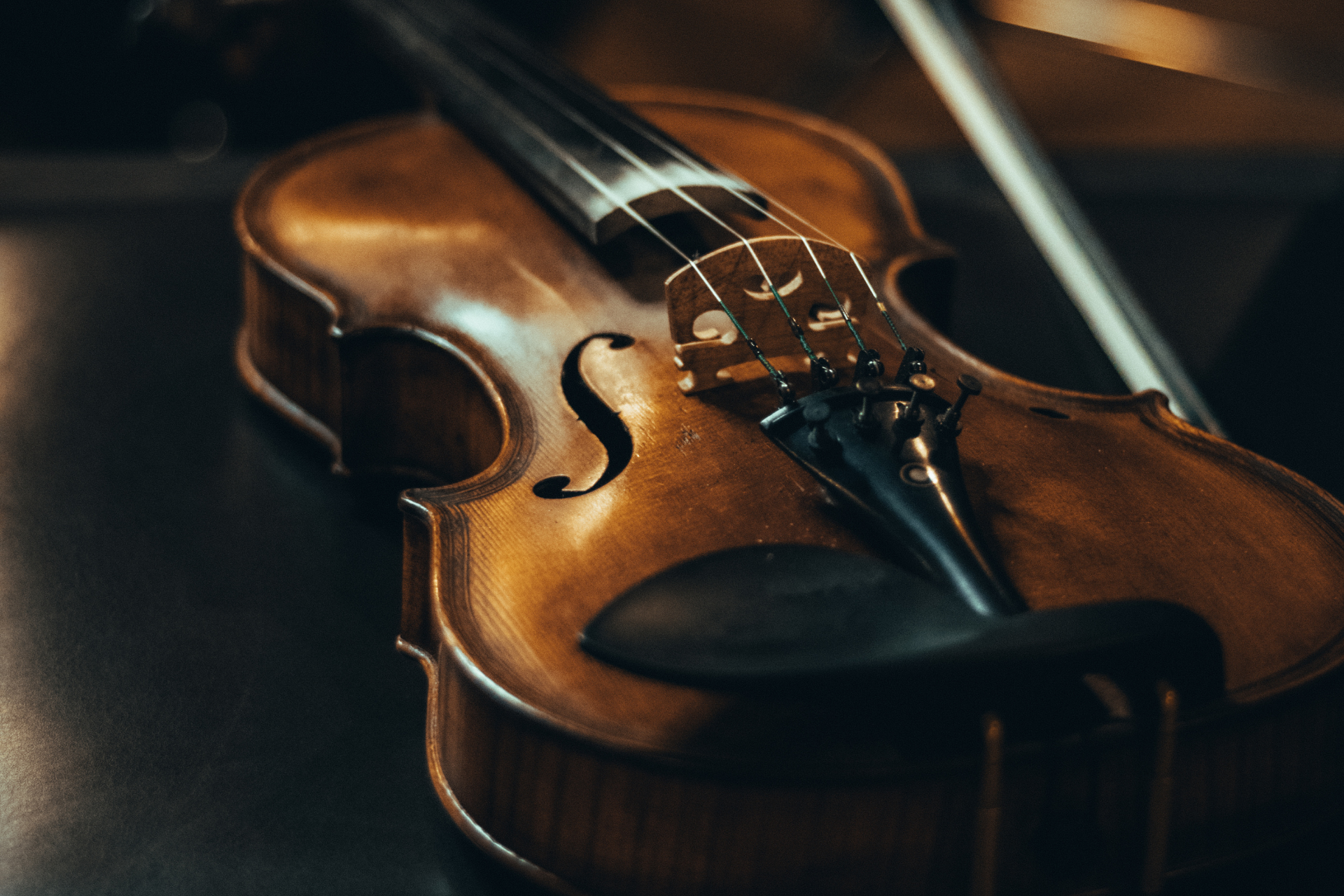General Articles
Violin Myths Debunked: Separating Fact from Fiction
The violin is one of the most beloved and versatile musical instruments, having a rich history that spans centuries and cultures. Yet, despite its popularity, the violin is also surrounded by numerous myths and misconceptions that may discourage potential players or mislead those who are just starting their musical journey. In this article, we’ll explore and debunk some of the most common violin myths, helping you better understand this incredible instrument.
Myth 1: The Violin Is Too Difficult to Learn
One of the most persistent myths about the violin is that it’s an extremely difficult instrument to learn. While it’s true that mastering the violin requires dedication, the same can be said for any musical instrument. The notion that the violin is too difficult is often exaggerated and may deter aspiring musicians from picking it up.
Fact: Learning the violin, like any instrument, involves patience and practice. While the lack of frets can make finding the correct pitch a bit more challenging in the beginning, there are many resources, from beginner-friendly violins to structured lesson books, that make learning more accessible than ever before. For beginners, progress may be slow at first, but with regular practice and guidance, the violin can be an extremely rewarding instrument to learn.
Myth 2: Only Classical Music Can Be Played on the Violin
Many people associate the violin exclusively with classical music, imagining concert halls and grand orchestras whenever the instrument is mentioned. While classical music is indeed a significant part of the violin's heritage, it’s far from the only genre where the violin shines.
Fact: The violin is an incredibly versatile instrument used in a wide variety of musical genres, including folk, jazz, country, bluegrass, rock, and even electronic music. From the Appalachian folk tunes to the sweeping melodies in modern film scores, the violin transcends musical boundaries. Famous violinists like Lindsey Stirling have even introduced the violin to electronic dance music, proving that the instrument can be adapted to modern genres.
Myth 3: Only Expensive Violins Sound Good
There’s a common belief that in order to get a good sound out of a violin, one must invest in a very expensive instrument. While it’s true that professional violins, handcrafted by master luthiers, come with a hefty price tag, this doesn't mean that affordable violins are of poor quality.
Fact: Many beginner and intermediate violins offer excellent sound quality at an affordable price. Advances in violin manufacturing have allowed for quality instruments to be produced at various price points. For those just starting out, finding a violin that fits your budget, while offering good tone and playability, is completely possible. As you progress in your violin journey, upgrading to a higher-end model may become desirable, but it’s not a necessity when you’re just starting out.
Myth 4: Violins Are Fragile and Easily Damaged
Some people believe that violins are extremely delicate instruments that break easily. This myth may cause hesitation in parents considering buying a violin for their child, fearing that the instrument might be too fragile for younger students.
Fact: While violins are made of wood and need to be handled with care, they are not as fragile as some might think. Many violins are designed specifically for students and beginners, made with durability in mind. Regular maintenance, such as proper storage, cleaning, and tuning, will keep your violin in great shape. Cases and accessories like shoulder rests can also provide additional protection, ensuring your instrument stays safe even with frequent use.
Myth 5: You Can Learn to Play the Violin by Yourself
With the rise of online tutorials and DIY learning platforms, many people believe they can learn to play the violin entirely on their own, without formal instruction. While self-guided learning is possible, this myth can lead to frustration for many beginners.
Fact: Although you can make some progress by following online videos and books, learning the violin often benefits greatly from the guidance of an experienced teacher. A teacher can provide personalized feedback, help correct mistakes early on, and ensure you develop proper playing technique. This kind of instruction can be particularly helpful when learning things like bowing technique, posture, and finger placement—elements that are harder to perfect through self-study alone.
Myth 6: Children Learn the Violin Better Than Adults
It’s often assumed that the best time to learn an instrument like the violin is during childhood, and that adults have missed their chance to master it. This myth can discourage older individuals from starting their musical journey.
Fact: While children may have the advantage of time and developing motor skills, adults can also successfully learn the violin. In fact, adult learners often bring a higher level of focus and discipline, which can aid their progress. There are numerous success stories of adults picking up the violin later in life and excelling. With dedication, age is no barrier to learning the violin.
Myth 7: Left-Handed Players Need a Left-Handed Violin
Left-handed individuals often believe that they need a specially made left-handed violin, where the strings and bow are reversed. This belief can lead to unnecessary searches for a rare and costly instrument.
Fact: Most left-handed violinists learn to play on a standard violin without any issues. The violin is an ambidextrous instrument to some degree since both hands have crucial roles—one for bowing and the other for finger placement. While left-handed violins do exist, they are not necessary for most players, and playing on a regular violin can feel natural with practice.
Myth 8: You Must Start Learning the Violin at a Very Young Age
There’s a widespread belief that to become good at the violin, you need to start learning it as a child. This myth can be discouraging to older beginners who feel they’ve missed their window of opportunity.
Fact: While many professional violinists do start at a young age, that doesn't mean older beginners can’t become proficient or even excel at the instrument. The key is consistency and passion for learning. Whether you're 5 or 50, with the right mindset and practice routine, anyone can enjoy learning and playing the violin.
Myth 9: The Violin Is Only for Soloists
Some people assume that violins are mainly solo instruments meant to shine in the spotlight, leading them to believe that if they don’t want to perform solos, the violin isn’t for them.
Fact: The violin is equally at home in ensemble settings, from string quartets to full orchestras. It’s often played in duets, chamber groups, and folk bands. Many violinists love the collaborative nature of playing in a group, and being part of an ensemble can be just as fulfilling as solo performances.
Final Words
The violin is a wonderful instrument that can be learned and enjoyed by anyone, regardless of age, budget, or musical background. Don’t let myths and misconceptions prevent you from experiencing the joy of playing the violin. Whether you’re a beginner looking to pick up your first instrument or an experienced musician seeking a new challenge, the violin offers endless opportunities for growth and creativity.
Ready to start your violin journey? Visit Rhythm Music Shop, serving Markham, Richmond Hill, North York, Scarborough, and the rest of the GTA, for a wide selection of violins, accessories, and music books to suit every level and style!

